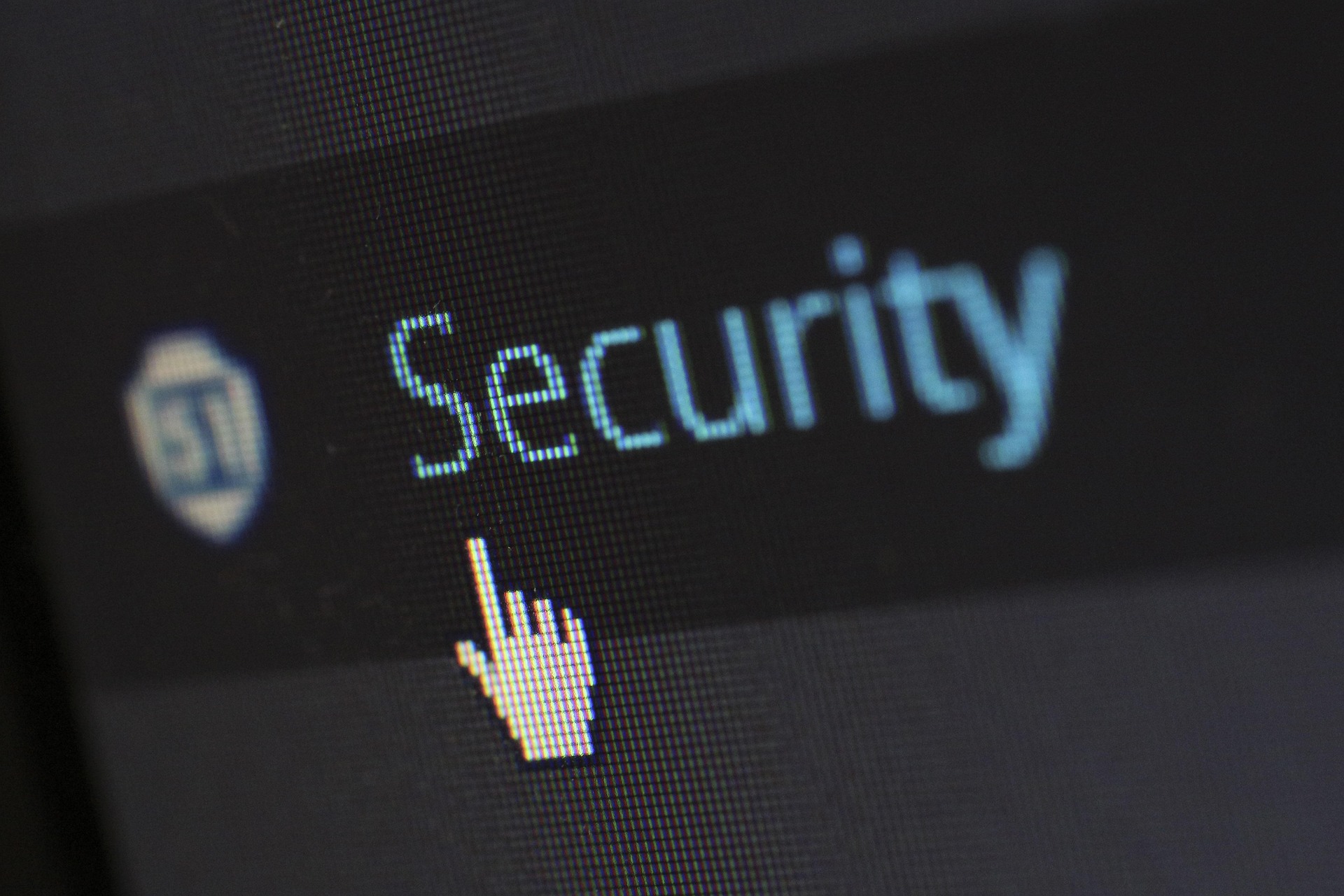
5 Steps To Secure Your WordPress Website
WordPress is one of the most popular platforms for creating and managing websites. It is easy to use, flexible yet powerful. However, it also comes with some security risks that you need to be aware of and protect yourself from. Here we will show you how to secure your WordPress website in a few simple steps.
1. Keep WordPress and plugins updated
WordPress and its plugins are constantly being improved and fixed by their developers. Updating them regularly ensures that you have the latest features and security patches. You can update WordPress and plugins from your dashboard, or enable automatic updates for more convenience.
2. Use strong passwords and change them often
Your password is the key to your website, so make sure it is hard to guess and unique. Avoid using common words, names, dates or personal information. Use a combination of letters, numbers and symbols. Change your password every few months, or whenever you suspect a breach.
3. Install a security plugin
A security plugin can help you monitor and protect your website from various threats, such as malware, brute force attacks, spam and more. Some of the popular security plugins for WordPress are Wordfence, Sucuri, iThemes Security and All In One WP Security.
4. Backup your website regularly
A backup is a copy of your website that you can restore in case something goes wrong, such as a hack, a crash or a mistake. You should backup your website at least once a week, or more often if you make frequent changes. You can backup your website manually, or use a plugin like UpdraftPlus, BackupBuddy or VaultPress.
5. Use HTTPS and SSL
HTTPS is a protocol that encrypts the data between your website and your visitors, making it more secure and trustworthy. SSL is a certificate that verifies your website’s identity and enables HTTPS. You can get an SSL certificate from your web host, or use a free service like Let’s Encrypt.
By following these steps, you can improve the security of your WordPress website and prevent many common problems. Remember that security is an ongoing process, not a one-time thing. Stay vigilant and keep learning about the best practices for WordPress security.



